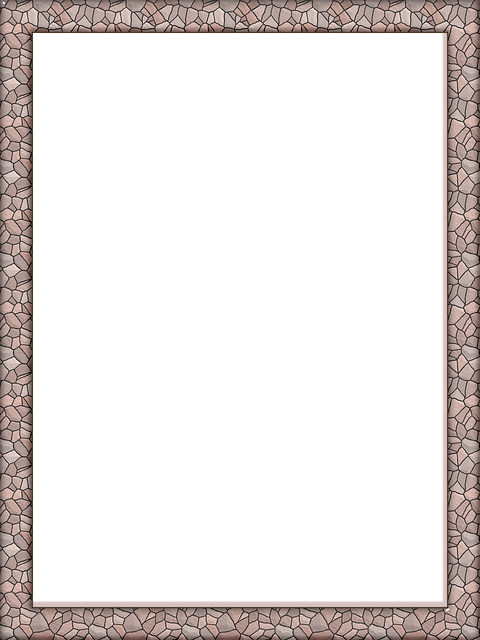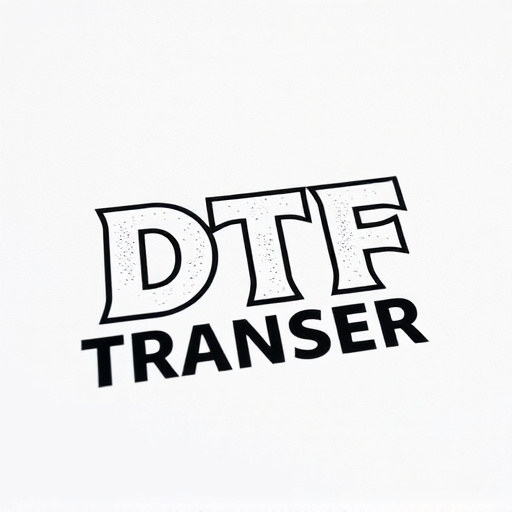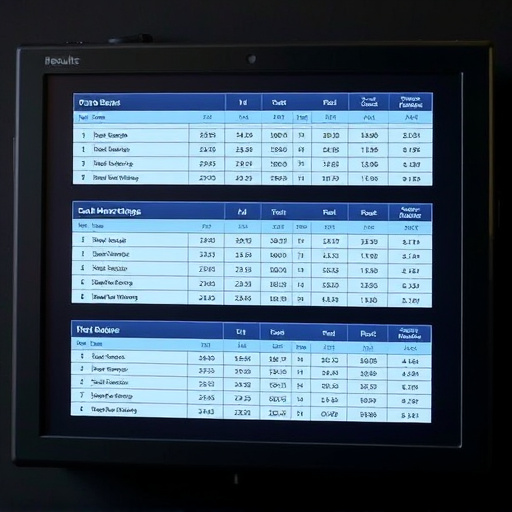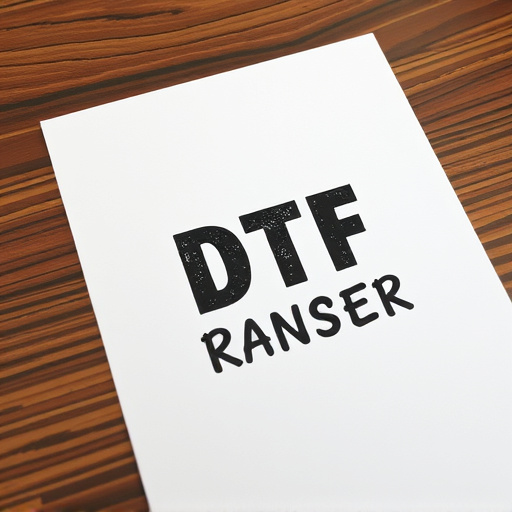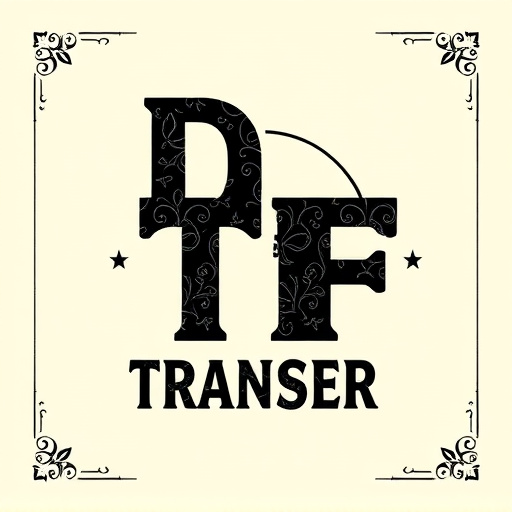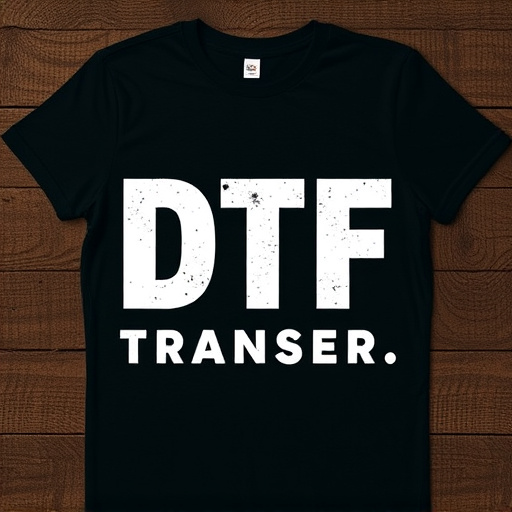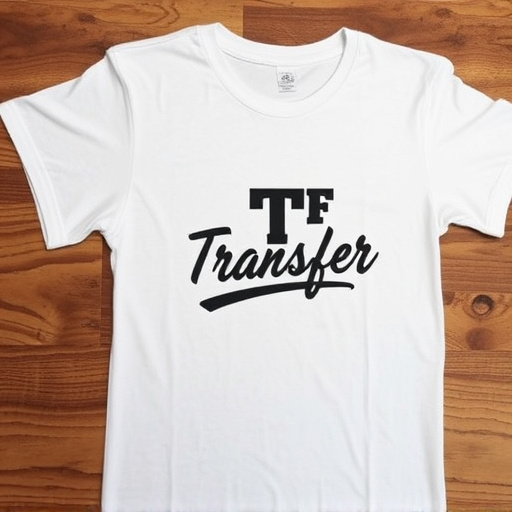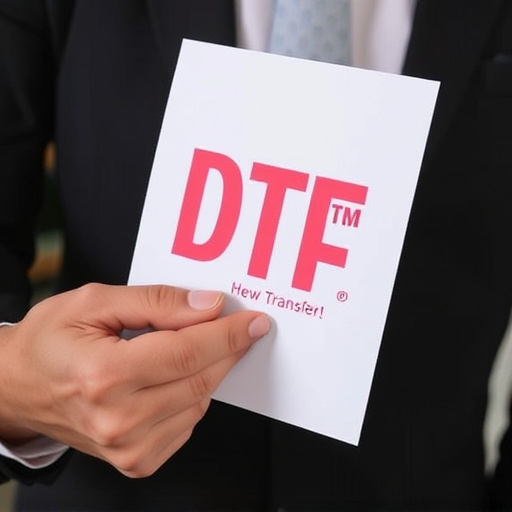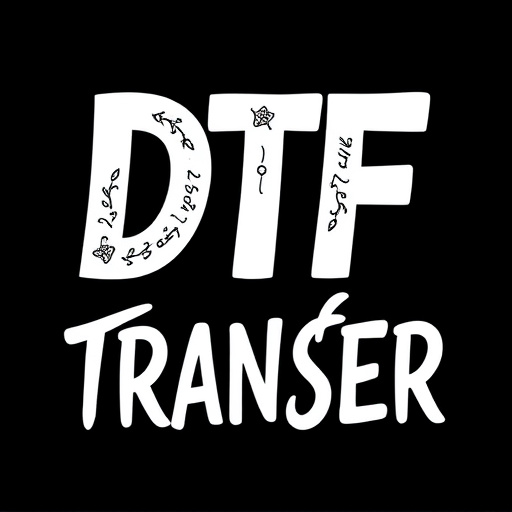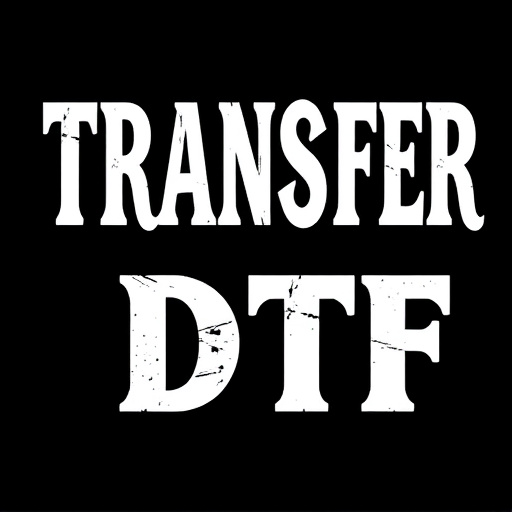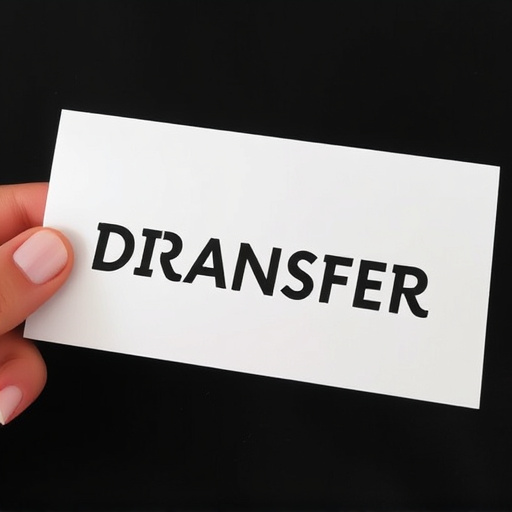Direct-to-film (DTF) transfers revolutionize apparel production with their versatility, durability, and colorfastness, allowing for intricate designs on various fabrics. This technology streamlines data migration, enhancing speed and security by ensuring seamless transitions between systems, making it ideal for organizations upgrading their infrastructure or integrating new software. DTF gains popularity in the fashion industry and shoe design, appealing to those seeking high-quality, personalized garments with bold graphics and patterns that withstand frequent washing and wearings.
Discover the innovative world of Direct-to-Film (DTF) transfers, a game-changer in clothing design. This article explores how DTF technology allows for stunning, custom prints on various fabrics, transforming ordinary garments into unique, expressive pieces. From understanding the DTF process to choosing the perfect fabric and applying designs across diverse clothing items, we’ll guide you through the creative possibilities of this cutting-edge technique, all while highlighting its numerous advantages for designers and enthusiasts alike.
- Understanding Direct-to-Film (DTF) Transfers: A Brief Overview
- Advantages of DTF Transfers for Clothing Design
- Choosing the Right Fabric for DTF Printing
- Applying DTF Designs to Different Clothing Items
- Tips and Techniques for Optimal DTF Results
- Exploring Creative Possibilities with DTF Transfer Designs
Understanding Direct-to-Film (DTF) Transfers: A Brief Overview
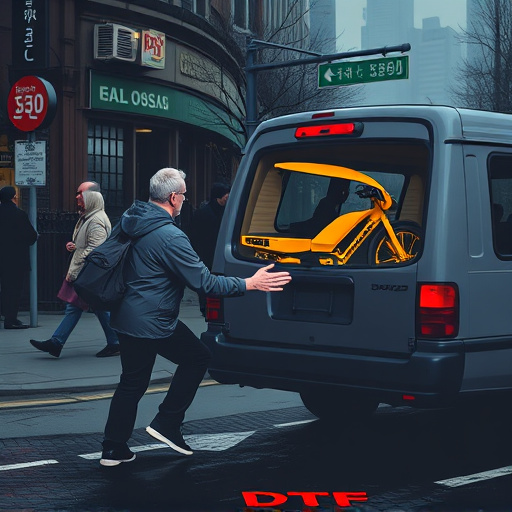
Direct-to-film (DTF) transfers have revolutionized the way we adorn our clothing, offering a unique and efficient method for applying intricate designs to various fabric types. This technology involves printing directly onto a film, which is then bonded to the garment during a heat-pressure process. The result is a vibrant, long-lasting design that becomes an integral part of the fabric, ensuring durability even with frequent washing.
DTF transfers are particularly versatile, suitable for a wide range of clothing items, from t-shirts and hoodies to hats and even shoes. Their ability to produce high-resolution, full-color prints makes them ideal for custom apparel, allowing designers and individuals alike to create personalized pieces that reflect their style and creativity. This technology has democratized the fashion industry, enabling anyone with a design idea to bring it to life on wearable art.
Advantages of DTF Transfers for Clothing Design

Direct-to-film (DTF) transfers offer a multitude of advantages for clothing design, making them an increasingly popular choice among designers and manufacturers alike. One of the key benefits is their versatility; DTF technology allows for intricate and detailed designs to be applied to a wide array of fabrics and clothing items, from t-shirts and hoodies to caps and bags. This makes it possible to create unique, personalized garments that stand out in the market.
Additionally, DTF Transfers provide exceptional durability and colorfastness, ensuring that designs maintain their vibrancy and integrity even after multiple washes and extensive use. The direct printing method eliminates the need for multiple layers of ink and fabric, resulting in a more lightweight and comfortable garment. This not only reduces production time but also minimizes material waste, contributing to a more sustainable fashion process.
Choosing the Right Fabric for DTF Printing

Applying DTF Designs to Different Clothing Items

Direct-to-film (DTF) printing offers a versatile approach to designing various clothing items, allowing for unique and personalized styles. When applying DTF transfers, the possibilities are endless. From t-shirts and hoodies to caps and even shoes, this technology ensures high-quality, durable designs that can withstand multiple washes and wearings.
For t-shirts and hoodies, DTF printing is ideal for creating bold graphics and intricate patterns, making them popular choices for fashion-forward individuals and streetwear brands. Caps, on the other hand, benefit from DTF transfers for adding text and small logos, offering a subtle yet stylish touch. Furthermore, the technology has found its way into the shoe industry, where designers use DTF to incorporate eye-catching patterns and brand markings directly onto footwear, creating limited-edition pieces that are highly sought after by collectors and enthusiasts.
Tips and Techniques for Optimal DTF Results
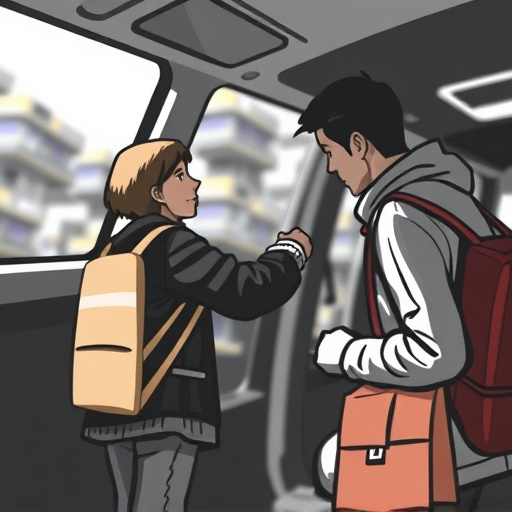
Exploring Creative Possibilities with DTF Transfer Designs

